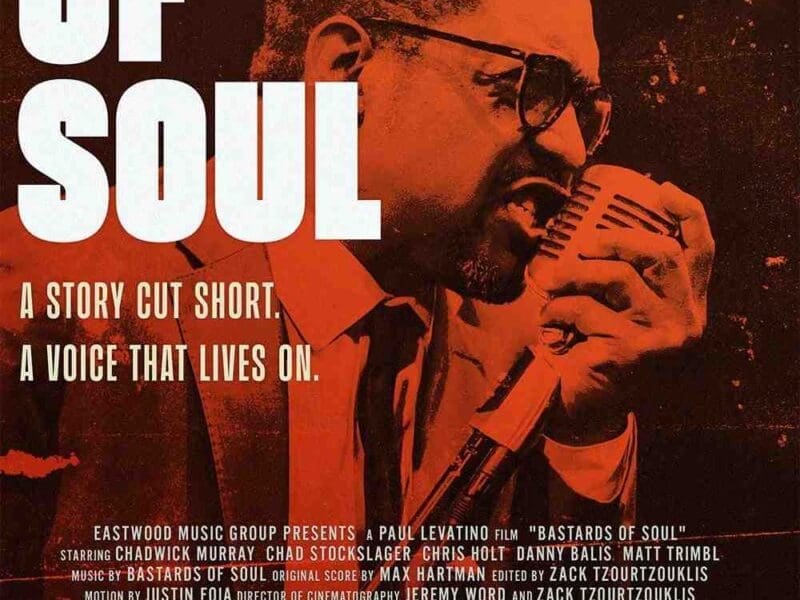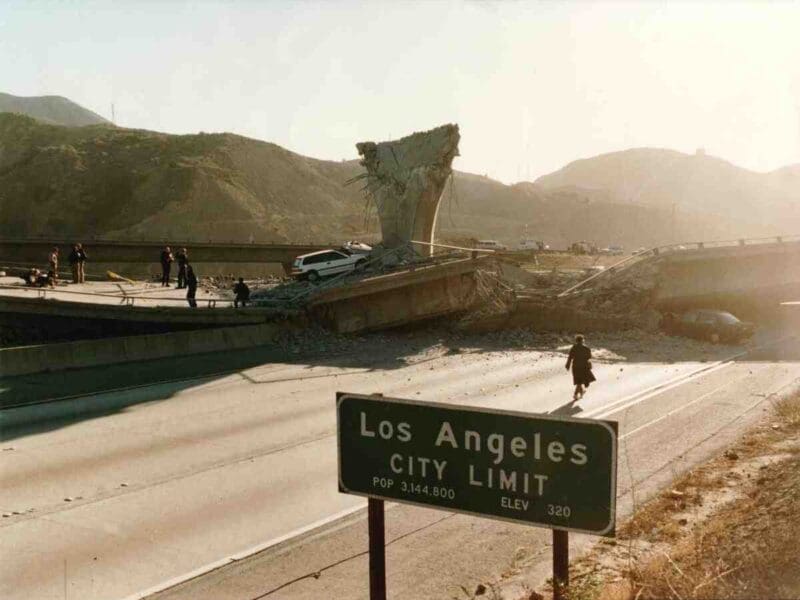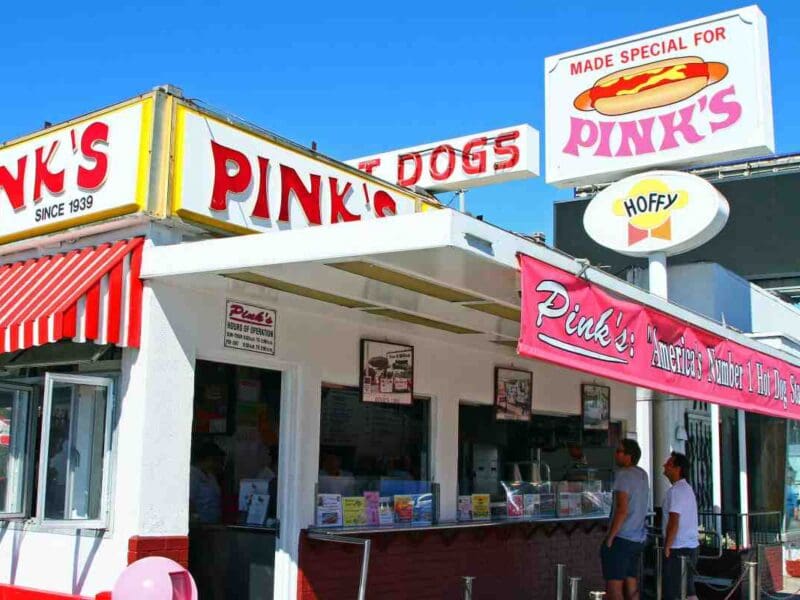
Does ‘Licorice Pizza’ prove Paul Thomas Anderson is racist?
Just like it was in our great-grandparents’ time, race is a crucial conversation in the American dialogue and it will remain that way for several years to come, perhaps, even past the foreseeable future. One thing that’s quite clear in contemporary society is that art doesn’t just imitate life. People usually mimic the art they see on screens. Though seemingly innocuous, the representation of T.V. characters bring a profound impact.
Frankly, we put people in show business on a high pedestal. Think of all the celebrities who are viewed as role models for later generations. But of course, people don’t always turn out to be what we thought they were. No one is perfect but why should anyone escape accountability? How many more people have to die before we realize how serious racism is?
Licorice Pizza is one of the most talked about films right now. Critics are calling Paul Thomas Anderson ninth movie one of his very best. But it’s also in the news facing scrutiny for such things as the age difference between the two main romantic partners and a racist Asian gag. Fortunately, Anderson recently opened up about the Asian joke which insulted many audiences.

Licorice Pizza
Licorice Pizza illustrates a story taking place in 1973 San Fernando Valley, California. We follow Gary Valentine (Cooper Hoffman) who’s a teenager. He meets a woman named Alana Kane (Alana Haim) who’s in her twenties but he quickly falls for her. The two decide to begin a waterbed business together. And the venture sets them on a path with others across town which include new and old faces.
John Michael Higgins portrays a restaurateur who owns a Japanese eatery. Yet he usually brushes off his Japanese wife and then he’ll speak to her with a clearly insulting accent. There are press screenings that include awkward chuckles and gasps at the shocking gag that’s repeated once more later on in the film.
It’s worthy of note that Anti-Asian hate crimes increased more than seventy-three percent last year, according to FBI data. According to an article in NBC News, “It’s a disproportionate uptick compared to hate crimes in general, which rose thirteen percent.”

Paul Thomas Anderson
Paul Thomas Anderson spoke with The New York Times about the Licorice Pizza scenes. Anderson explained how his movie was never meant to be provocative even despite Alana & Gary’s age difference. Then the interviewer brought up the offensive Licorice Pizza Asian gag as a rather provocative element.
Anderson said, “Well, that’s different. I think it would be a mistake to tell a period film through the eyes of 2021. You can’t have a crystal ball, you have to be honest to that time. Not that it wouldn’t happen right now, by the way.” Anderson also talked about his real-life experiences seeing Asian racism within his own family.

According to Paul Thomas Anderson, he doesn’t comply with Licorice Pizza’s pejorative gag, but he does see it necessary to include the perilous regions of his memory as it connects to race and class.
“My mother-in-law’s Japanese and my father-in-law is White, so seeing people speak English to her with a Japanese accent is something that happens all the time. I don’t think they even know they’re doing it,” said Anderson.
When it comes to the arts, depiction is not the same as glorification. It is crucial to stay true to period pieces because the purpose they serve beyond entertainment is teaching history which if you do not learn from, you’re setting yourself up to repeat. Some issues in period pieces affect us today as well.
—
It appears that Paul Thomas Anderson merely had his own experiences in mind when crafting Licorice Pizza. Share your thoughts in the comments below!







